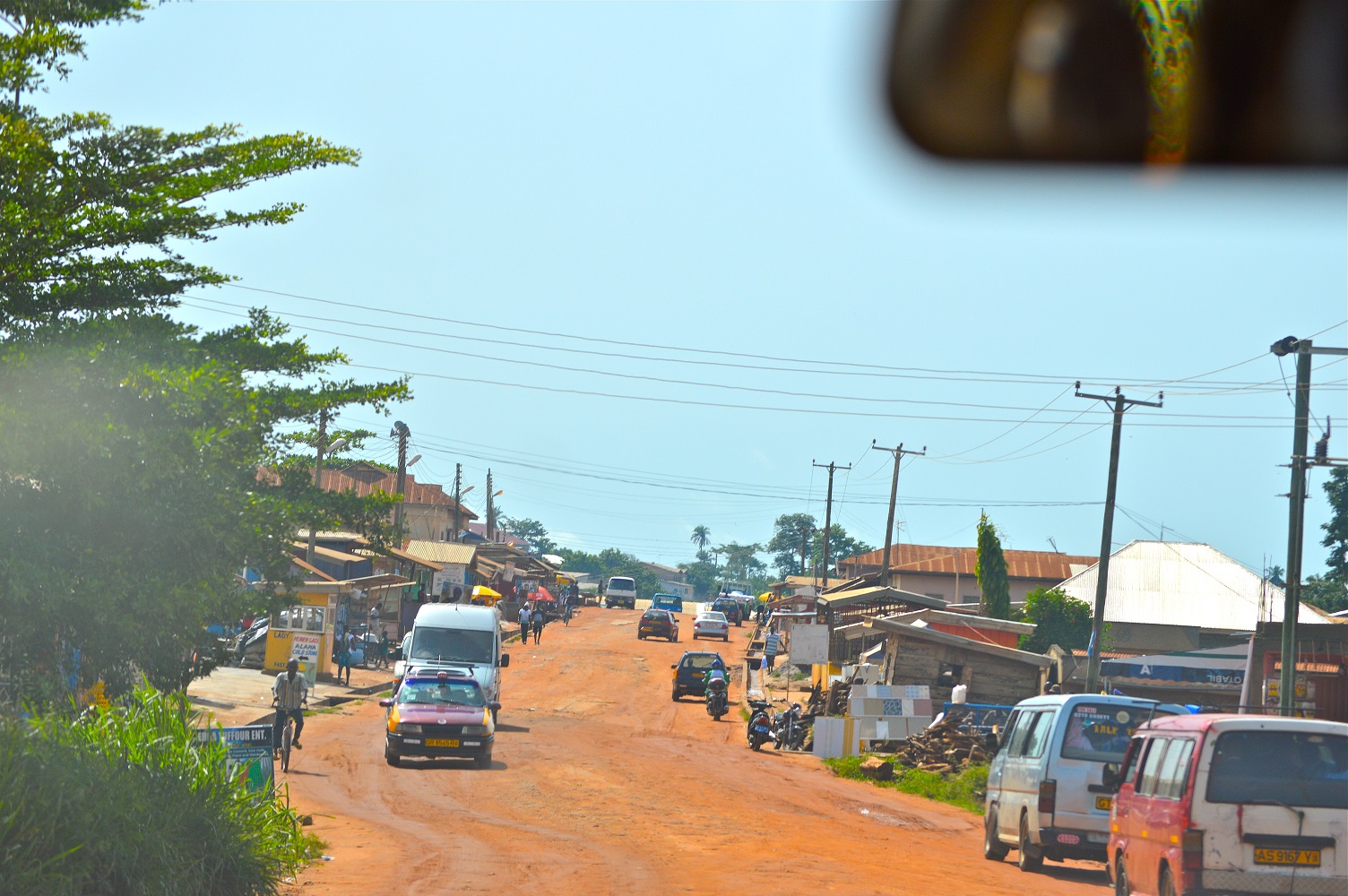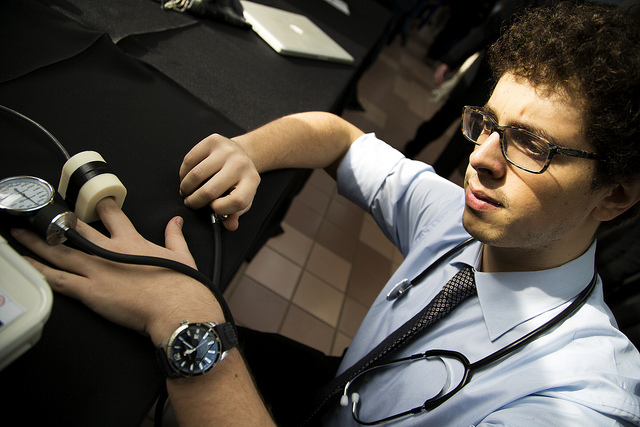
Need Statements
Identified needs from previous needs assessments that you could take on.
Filter Need Statements
There is a need for a more precise method of dissecting tissue that can cut as fast as the electrocautery without discharging sparks that can damage nearby tissue.
During total knee arthroplasties, there is a need to reduce the risk of surgeon skin contact with blood splatter in order to prevent the spread of blood borne illnesses.
During arthroscopic procedures, there is a need to reduce the amount of contaminated saline solution used for irrigation that flows back out of the joint and spills on the floor and the surgeonsÕ legs and feet.
During operations with surgeons of significantly different heights, there is a need to make a comfortable operating height for all surgeons to operate simultaneously.
While using some electrocauteries, there is a need to prevent surgeons from being electrically shocked on the hand from the connection between the instrument and the power cable.
During long surgeries, there is a need to improve the surgeons’ alertness in order to reduce human error during operation.
During open abdominal and thoracic surgeries, there is a need for a better method of sealing and attaching internal tissues that does not require the surgeon to stick their hand down into the abdominal cavity.
During laparoscopic procedures, there is a need for the surgeon to more easily distinguish between the location of the tools and the internal tissue in order to increase his awareness of the tool’s position.
During VATS, there is a need to reduce the visual obstruction of the surgical site caused by holding instruments in the line of sight.
During the lumbar posterior decompression and internal fixation surgery, there is a need to help the surgeons align screws more accurately.
During prostate resection, there is a need to quickly remove the fragments of cut tissue so that they don’t continuously circulate in the water and obstruct the surgeon’s view.
There is a need to reduce the electric interference to the monitoring equipment when using electrocauteries in order to maintain accurate monitoring of patient vitals.
The Global Health Design Internship is an excellent opportunity for students of any discipline. As a nursing student, I learned about how design is woven into every aspect of the healthcare field and is essential in practice. I would recommend this internship to anyone who is interested in gaining skills in design ethnography, learning about culture, and having an unforgettable experience abroad.
What to Know About The Global Health Design Initiative

Program History
GHDI has been working with stakeholders for more than eight years to identify and address global health design challenges. Learn more about our history and core values.
Learn More →
Project Outcomes
Since inception, we have worked on projects in maternal health, family planning, minimally invasive surgery, physical medicine and rehabilitation, and more. Explore our past and current projects.
Learn More →
Get Involved
There are many ways to get involved in global health work with GHDI. From taking on a need statement, to participating in an opportunity, or becoming a partner.
Learn More →